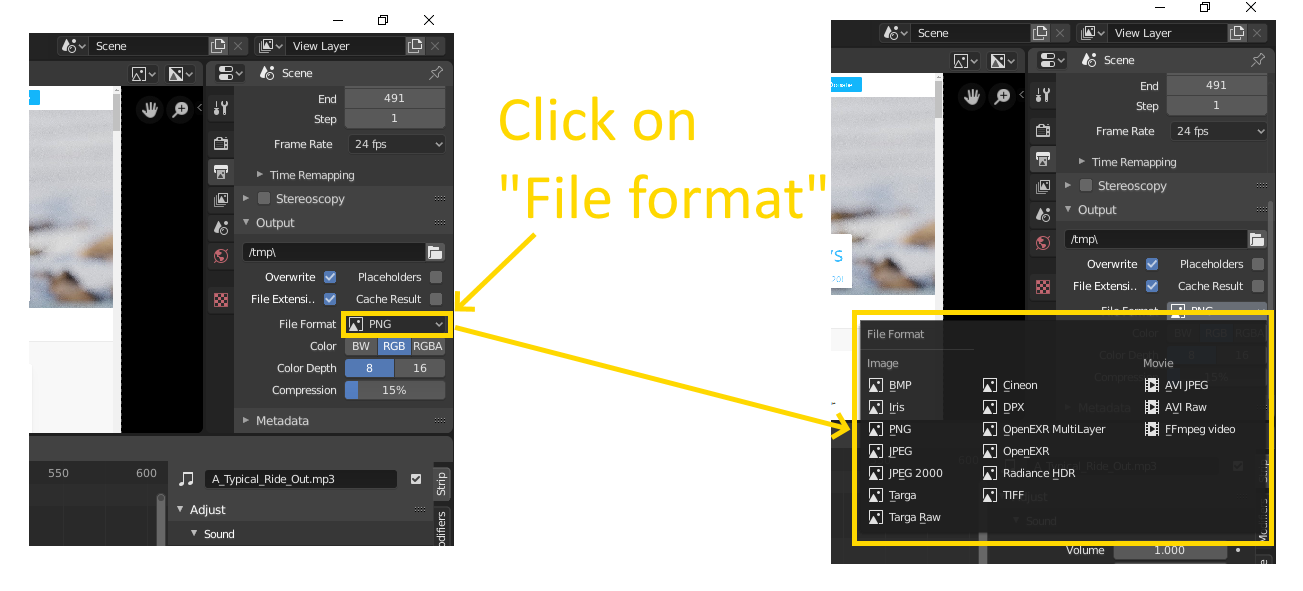
Using multiarch builds would mean the devs are running a docker image that is not the same as that which is running on the test and production clusters and that in itself, means they are not developing on, or testing on an infrastructure that is representative of the test or production environments. I was (and still am) reluctant to do the multiarch builds. Leaving it to me, who is still using an amd64 machine to try to figure out multiarchtecture builds.

The macs can use qemu emulation, but that is not perfect, giving weird errors when running the docker images under emulation. The decision to use M1 macs has now led to a problem whereby the docker images that are used are no longer compatible with the macbooks since they are arm64. My hate-hate relationship with Apple is well documented) The final straw came when the office decided to buy Apple M1 Macs for the developers (I refused to use one. Putting in things like the “old-releases” repos helped keep things ticking over, but things were still breaking repeatedly, and the microphone kept breaking during calls due to the way the hacks were implemented. I spent a long time trying to compile the kernel while trying to figure out the right options for a working kernel, with not much luck. Even the kernel was still on 4.4.x even now.

However, as Ubuntu progressed on, it was clear this repo was not being maintained and updated and rapidly, stuff starting to fail as it required later versions of packages. I previously had Ubuntu on there, modified and hacked using.

This slightly lengthy article goes through my attempts at installing and setting up Fedora on my Pixelbook.


 0 kommentar(er)
0 kommentar(er)
